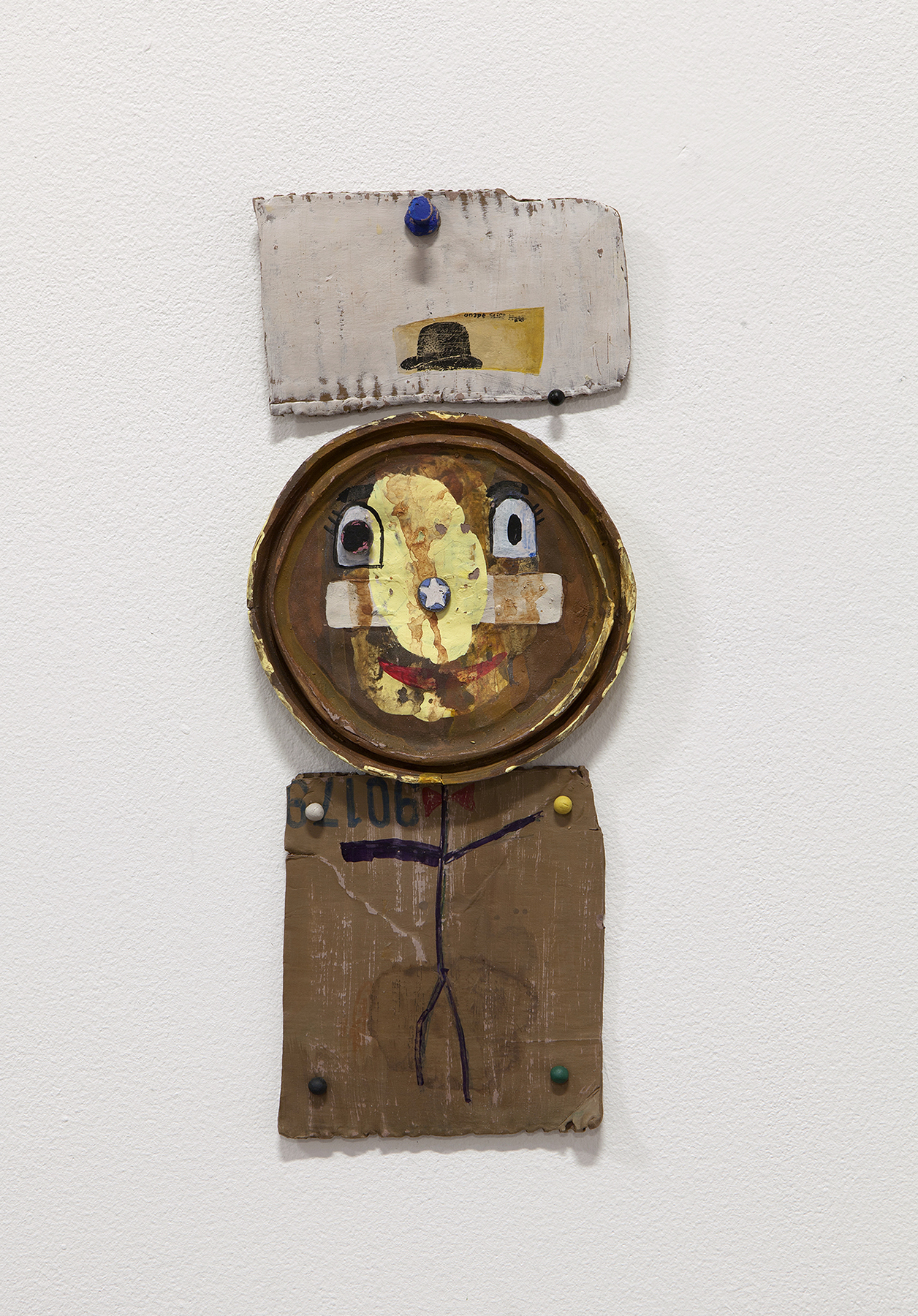
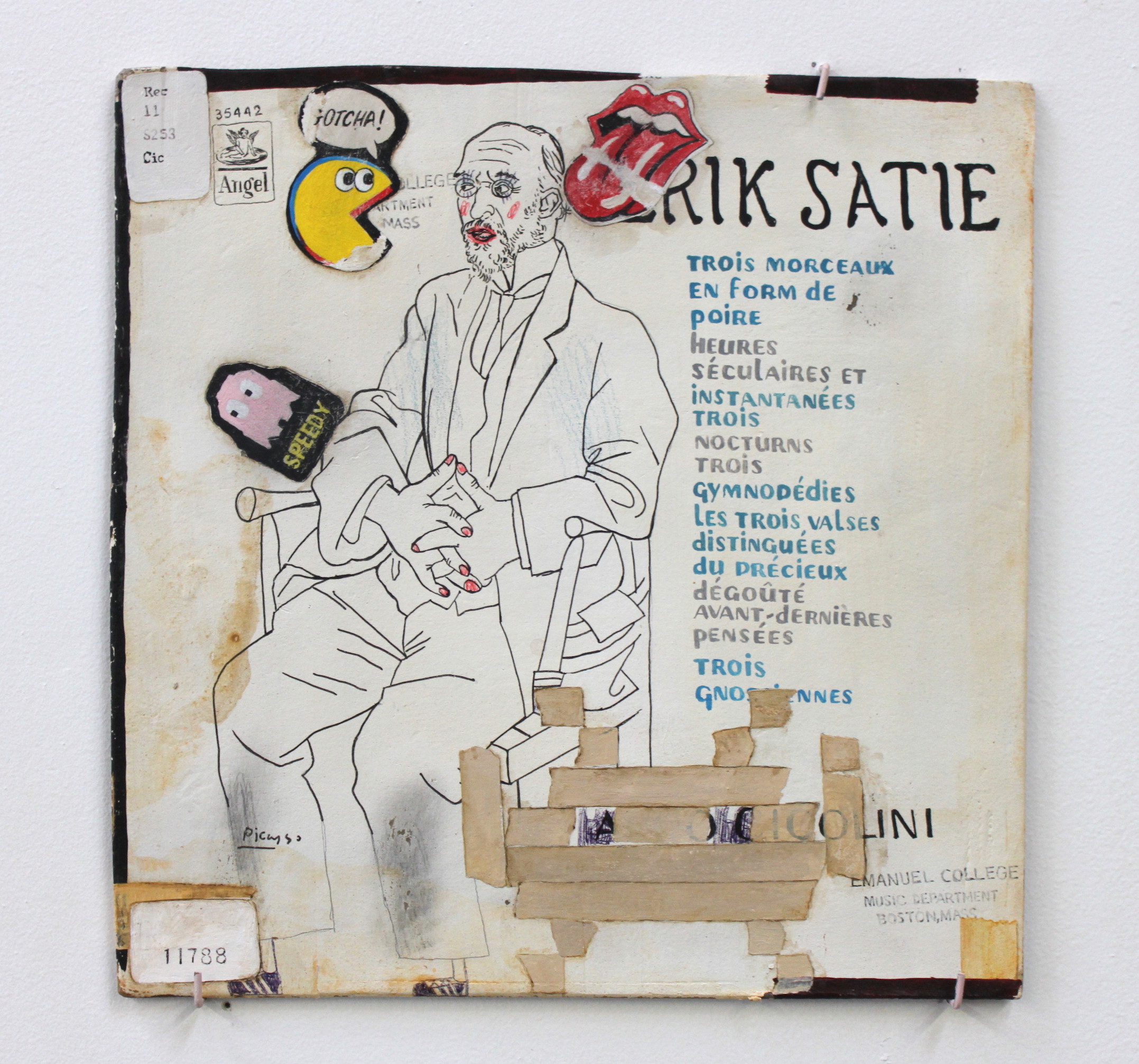
Kristen Morgin Erik Satie vs. Pacman 2014 Unfired clay, paint and ink 12 x 12 x.75 inches 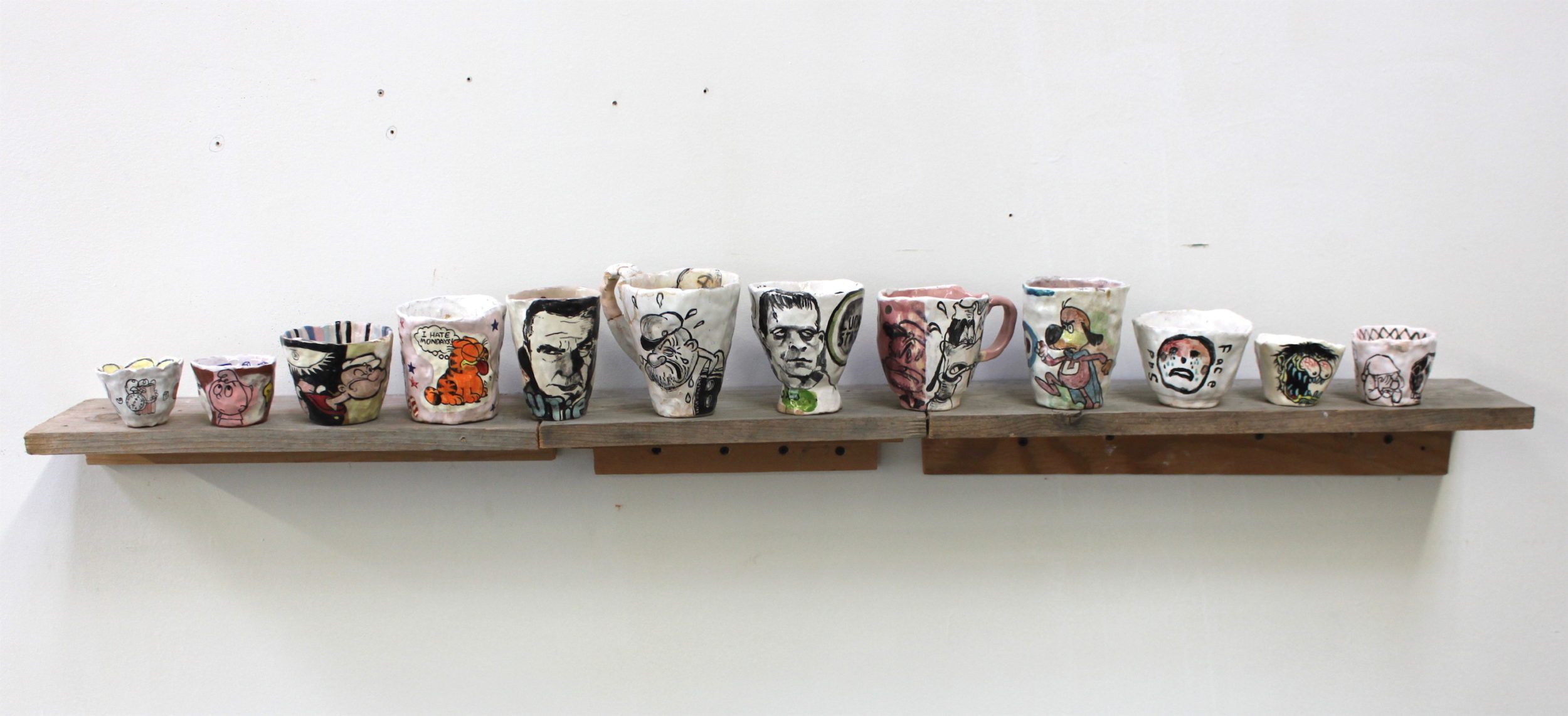
Kristen Morgin Bitter Cups 2006-2015 Ceramic Dimensions Variable (12 cups) 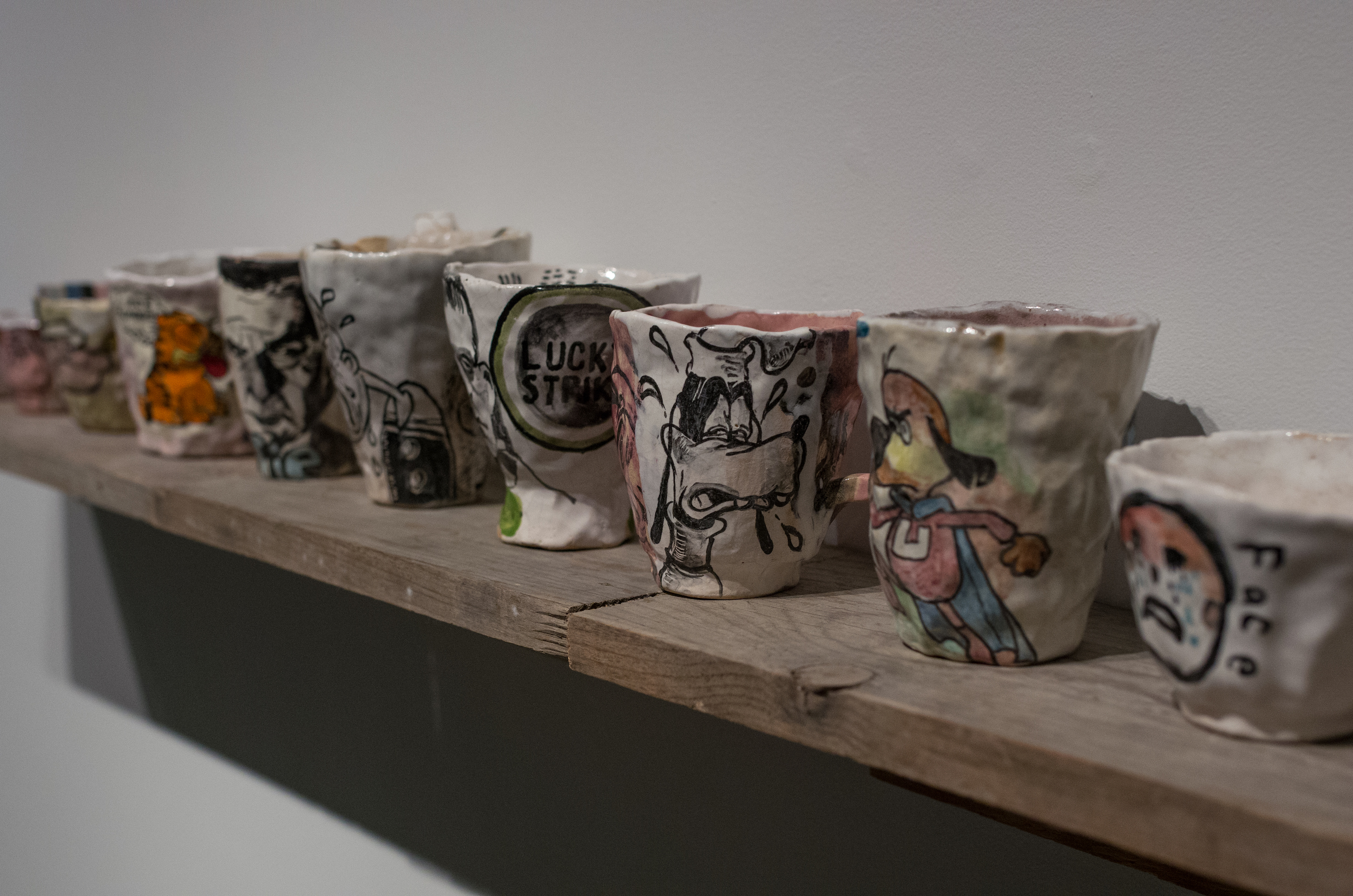
Kristen Morgin Bitter Cups 2006-2015 Ceramic Dimensions Variable (12 cups) 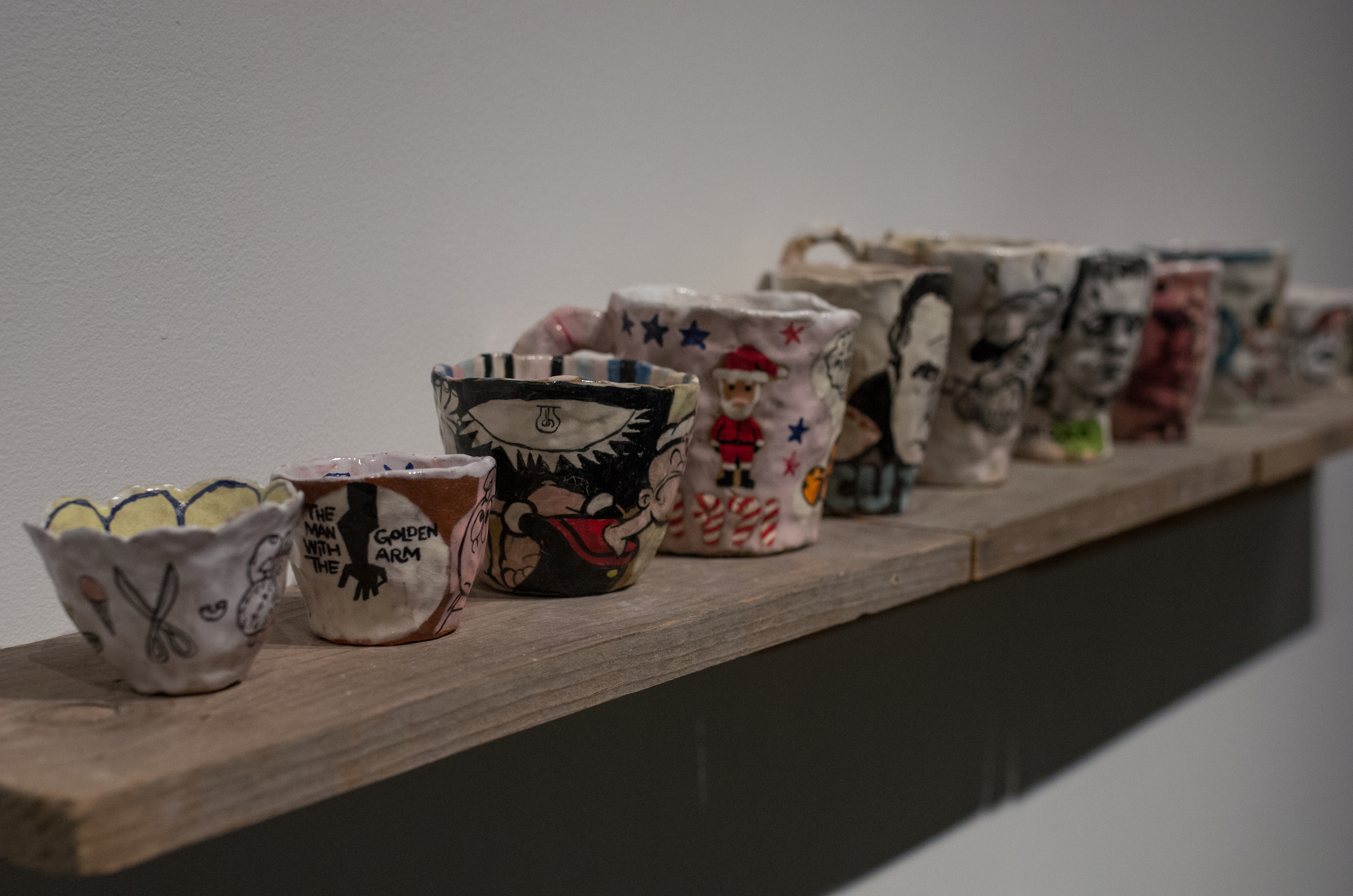
Kristen Morgin Bitter Cups 2006-2015 Ceramic Dimensions Variable (12 cups) 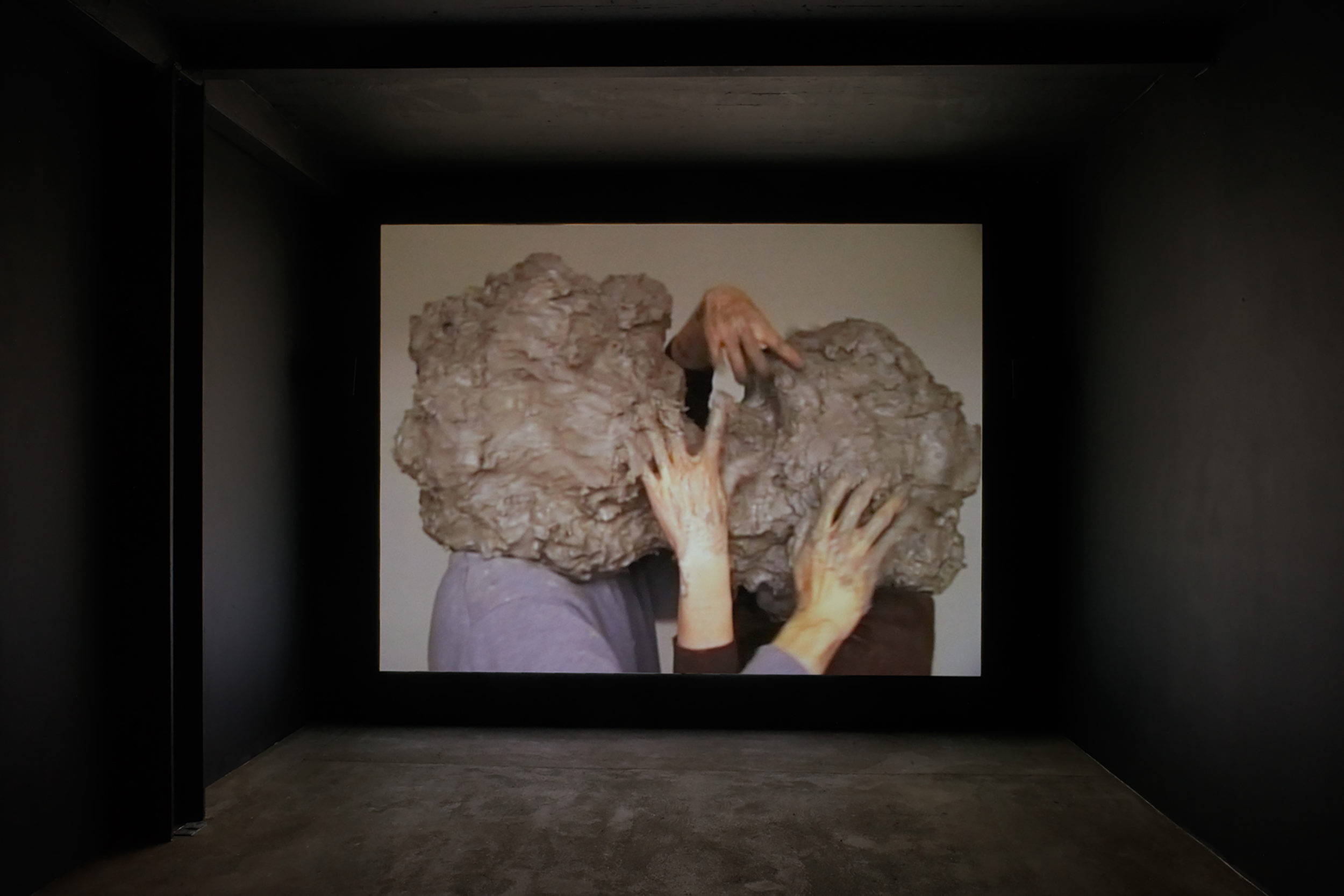
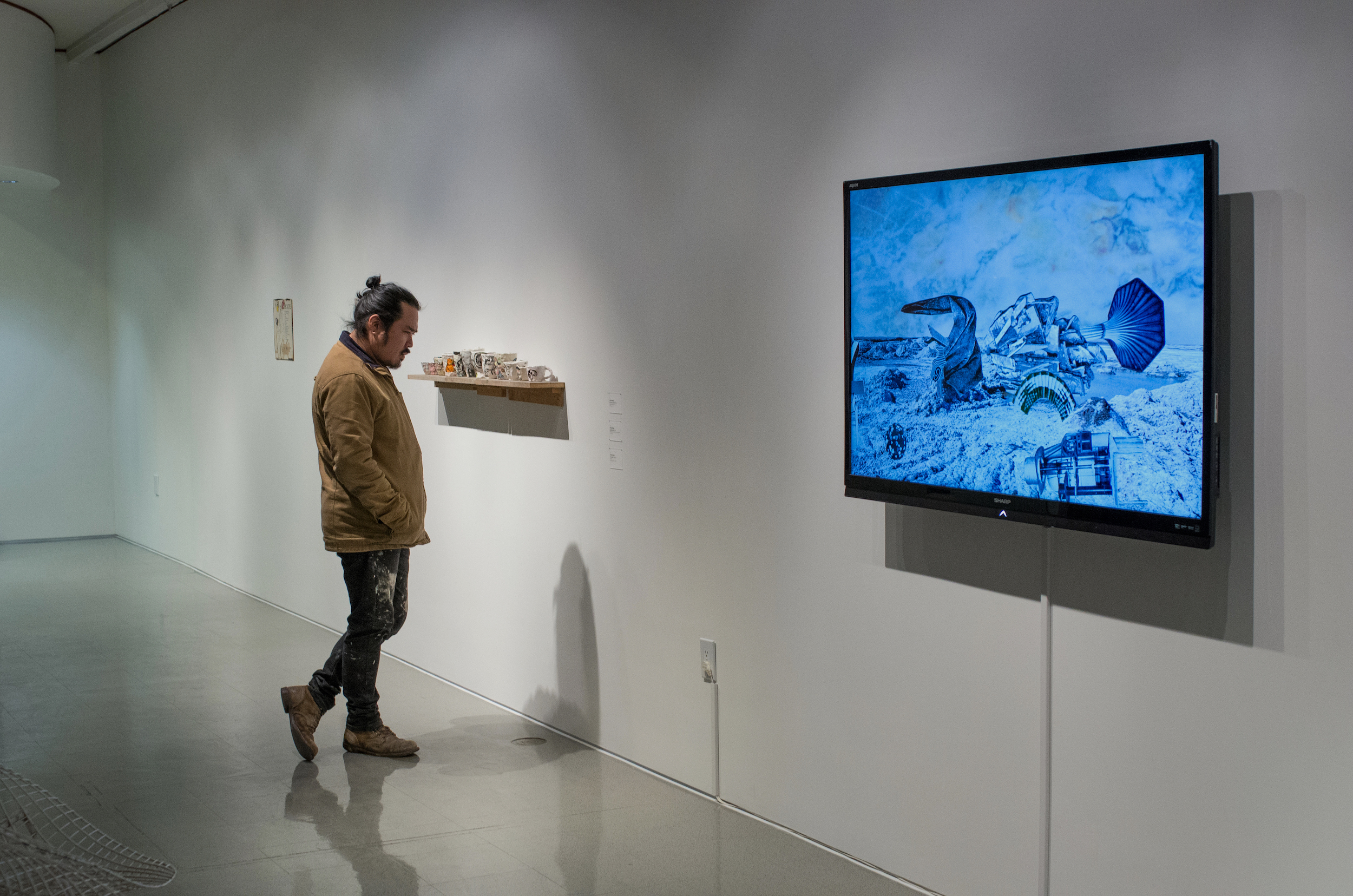
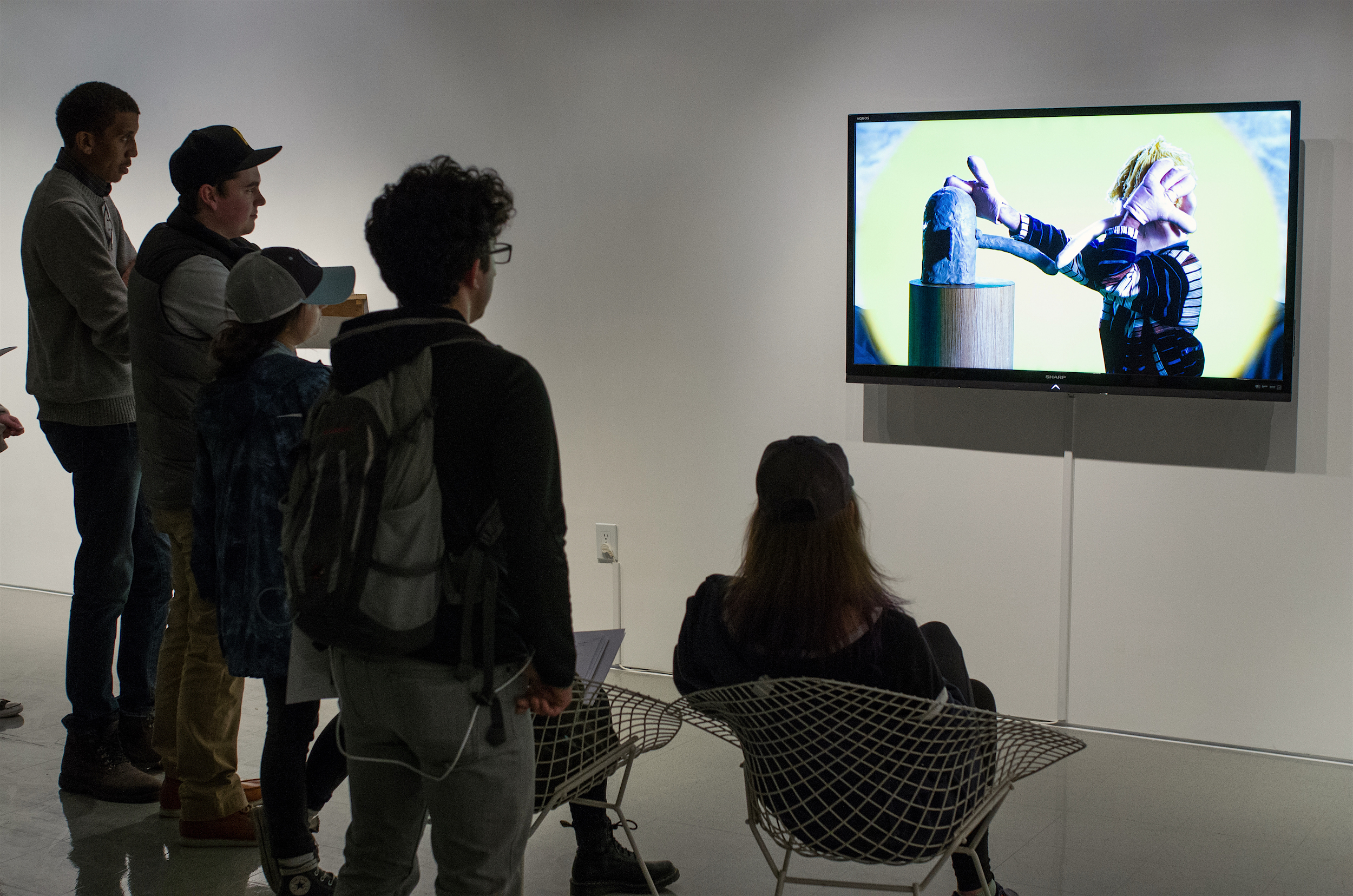
Brian Bress Creative Ideas for Every Season, 2010 HD Video 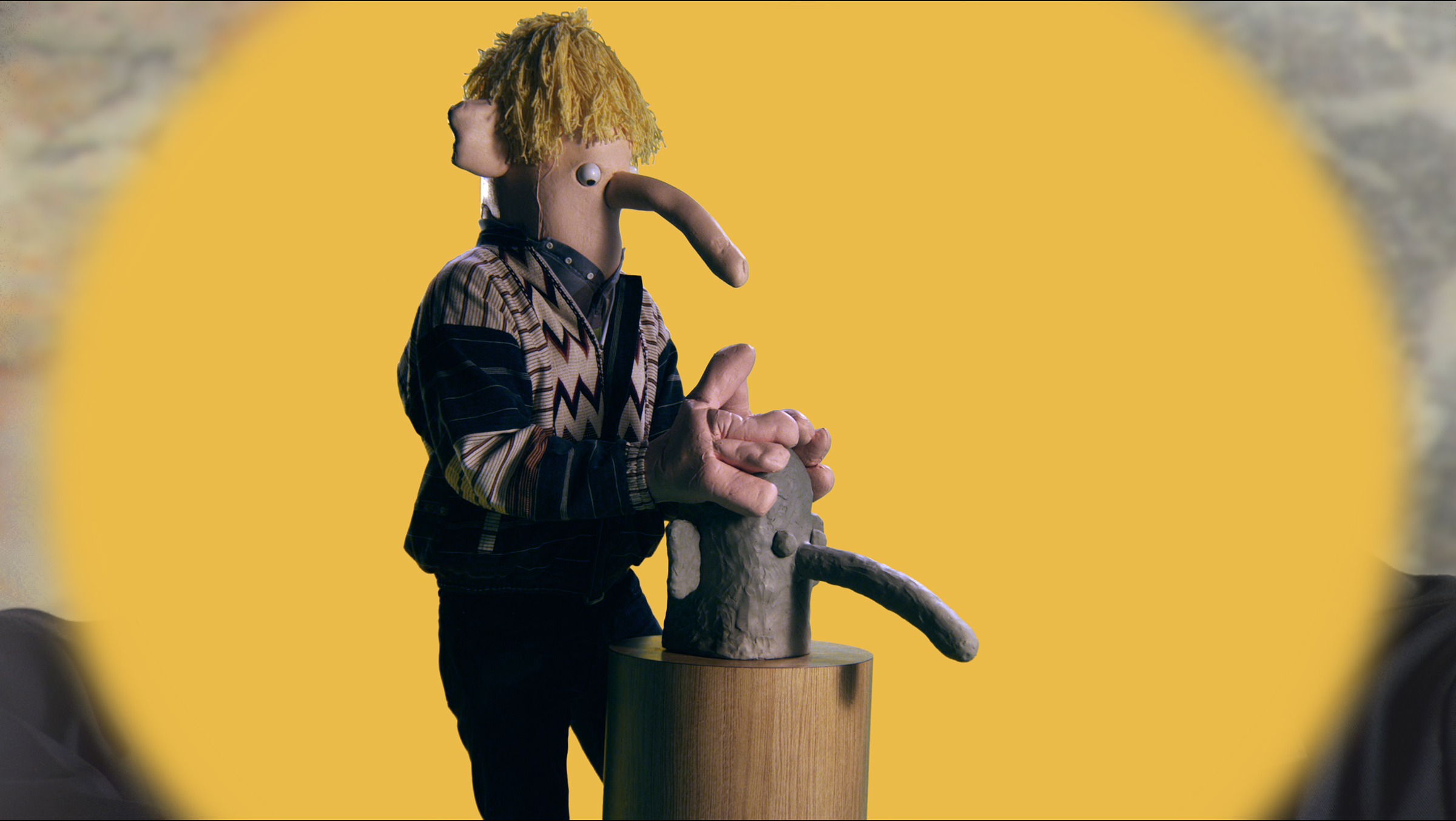

Brian Bress Creative Ideas for Every Season, 2010 HD Video 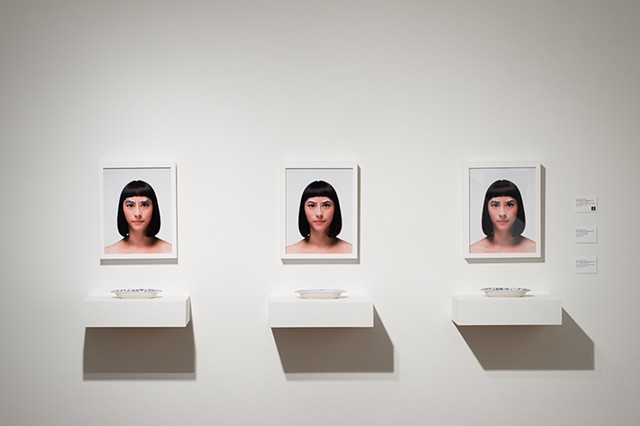
Jennifer Ling Datchuk Blue and White: Bold Beauty Blue and White: Delicate Diva Blue and White: Elegant Ingenue 2014 11” x 14” each: digital photograph porcelain, blue and white pattern transfer from Jingdezhen, China 8” x 4” x 1.5” each dish 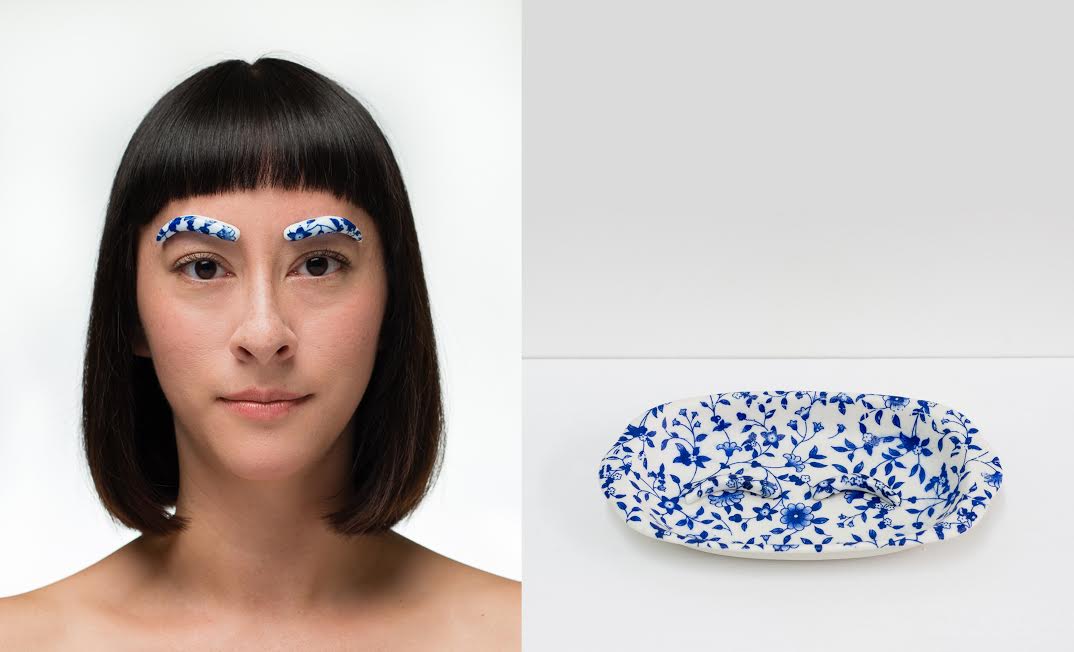
Jennifer Ling Datchuk Blue and White : Bold Beauty 2014 11” x 14” digital photograph porcelain, blue and white pattern transfer from Jingdezhen, China 8” x 4” x 1.5” 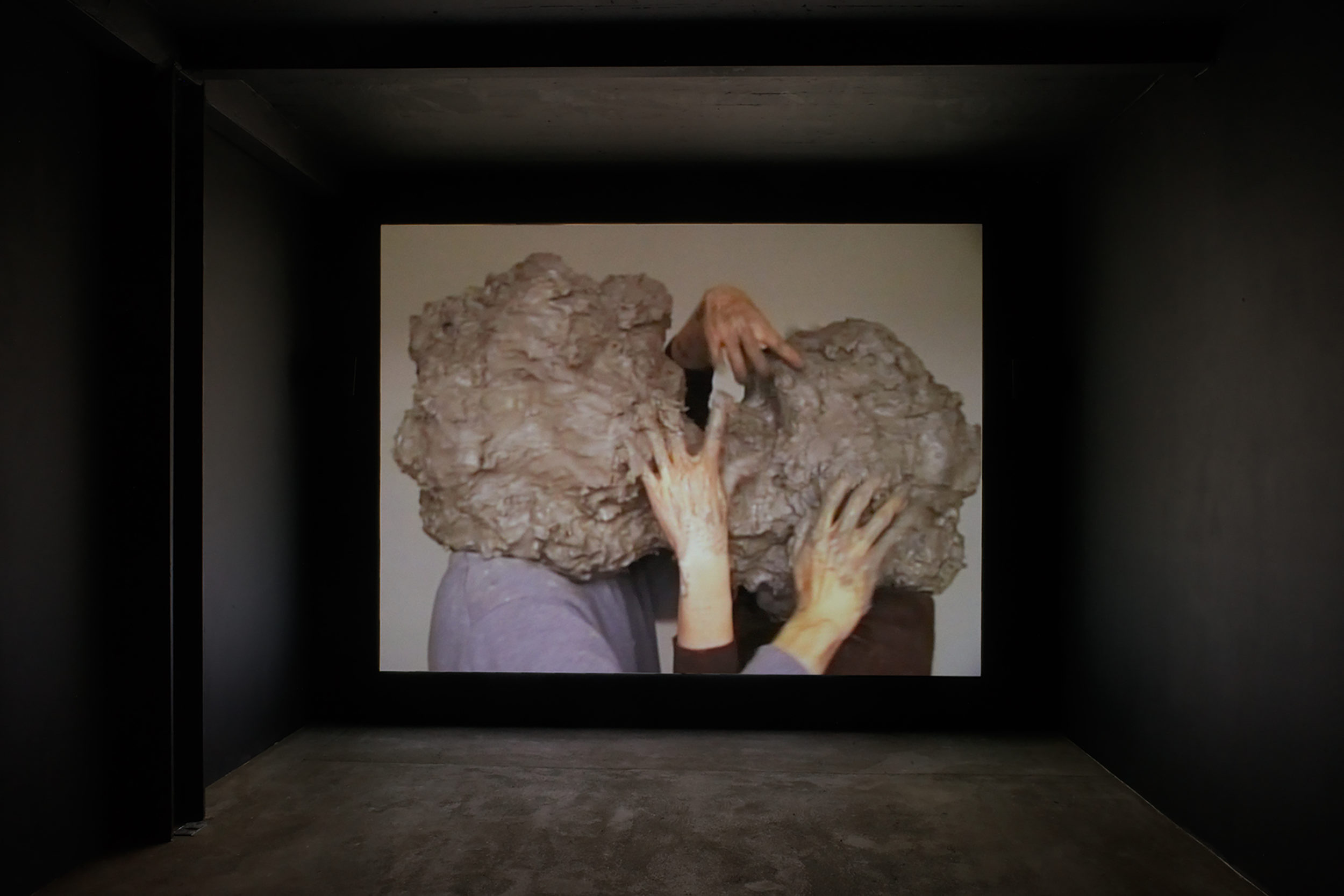
William Cobbing The Kiss 2004 HD Video 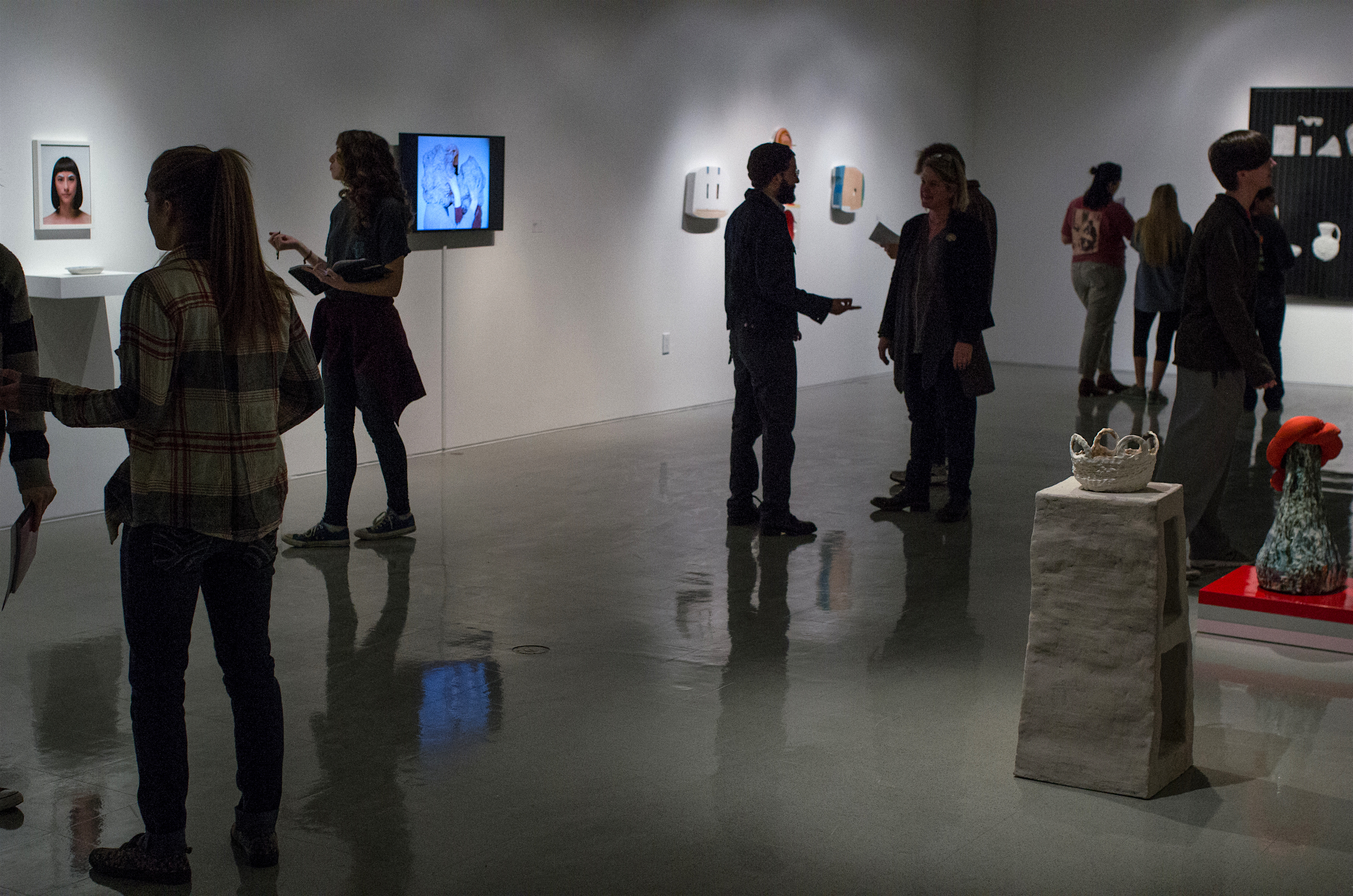
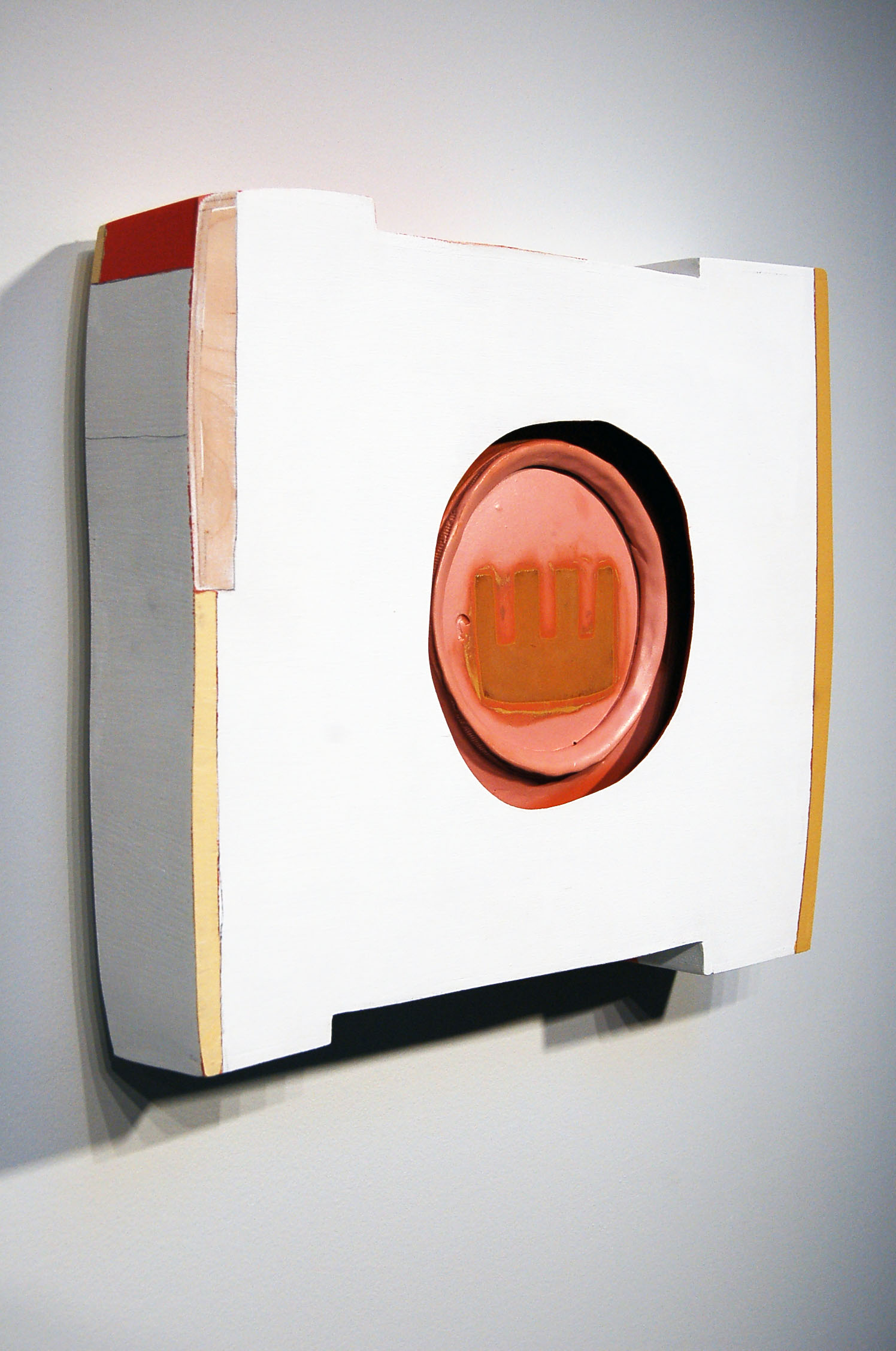
Brian R. Jones I 2013 Earthenware, plywood, acrylic, milk paint, and pencil 18 x 18 x3 inches 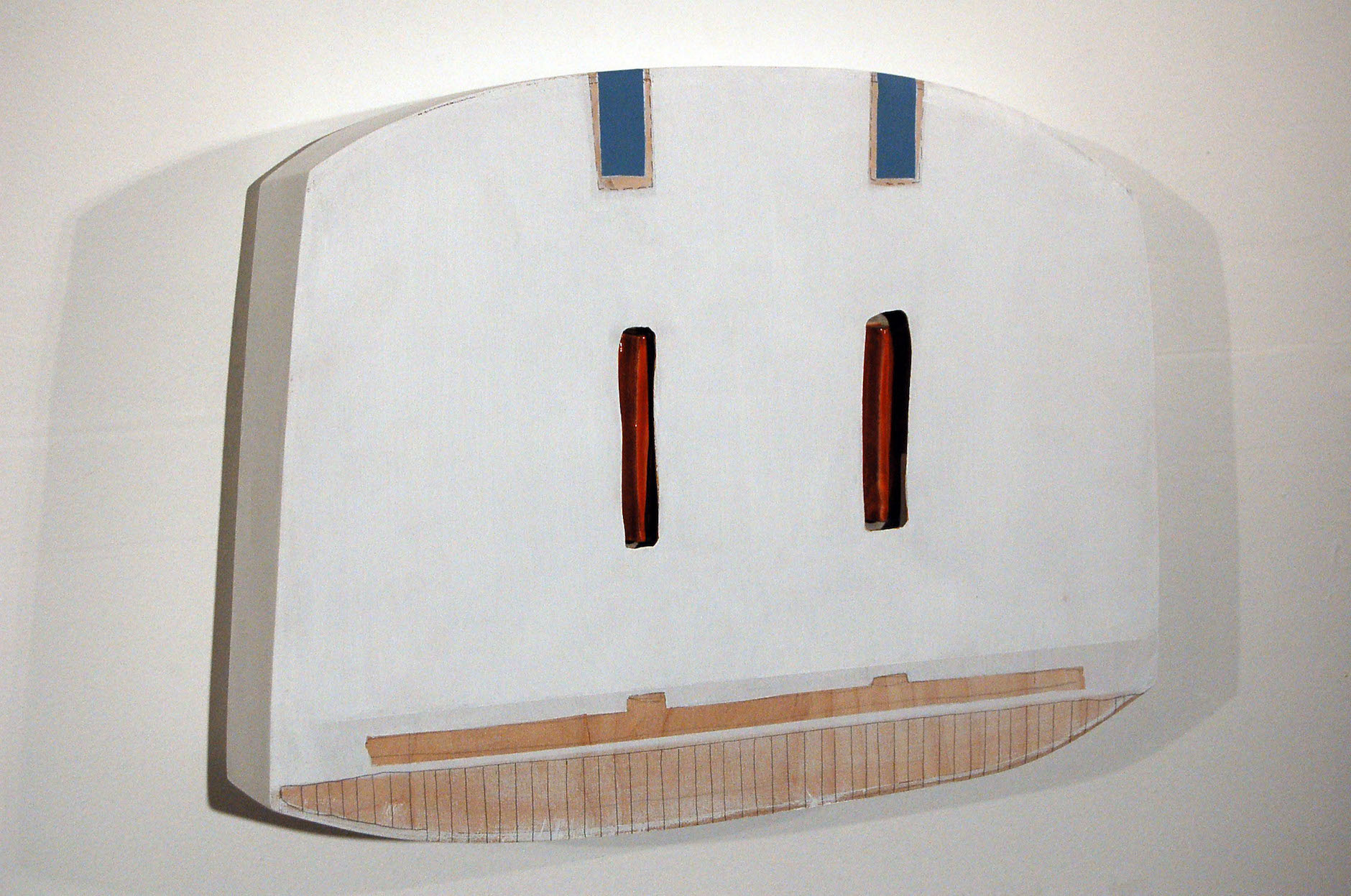
Brian R. Jones U 2013 Earthenware, plywood, acrylic, milk paint, and pencil 18 x 18 x3 inches 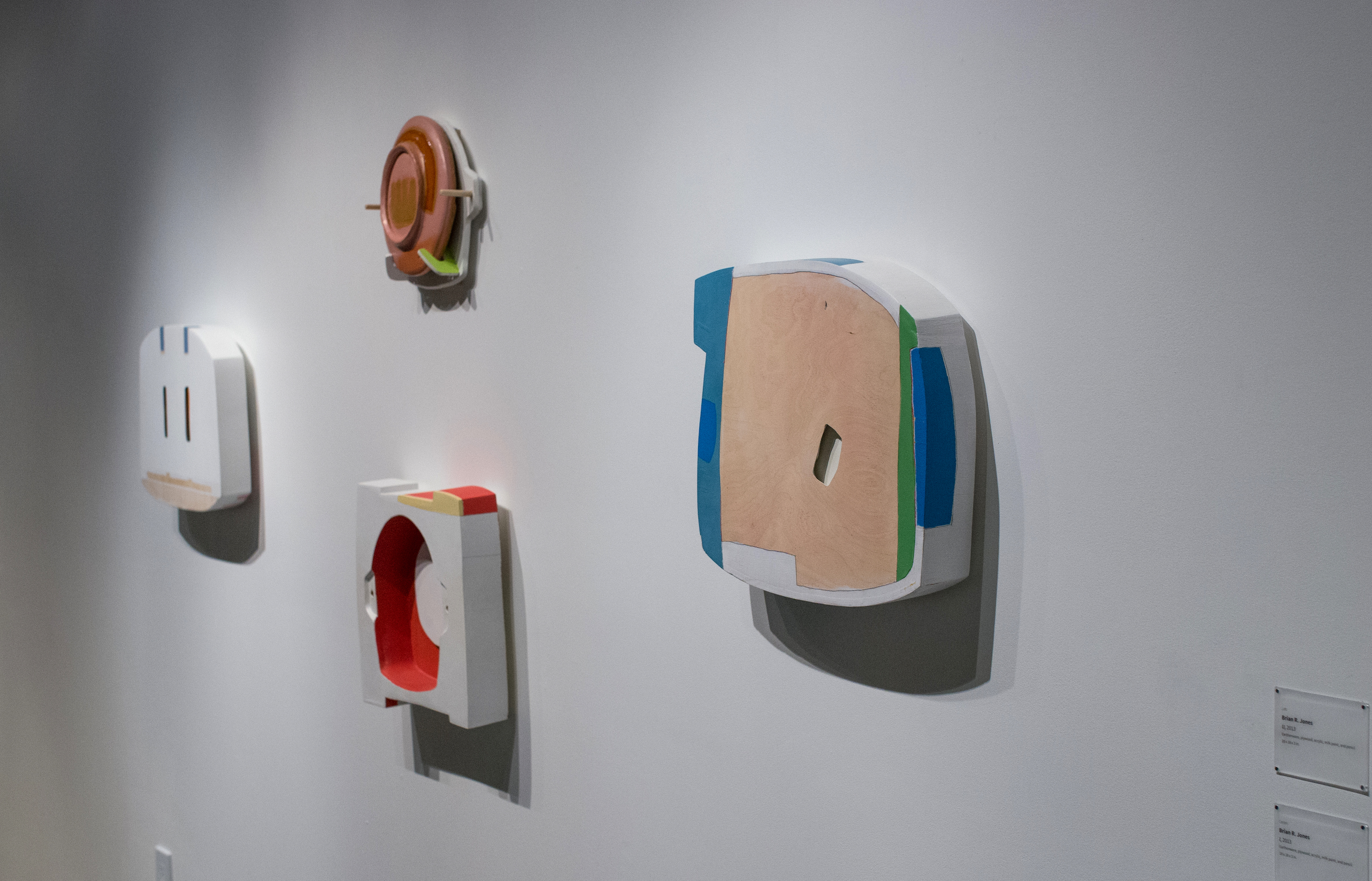
Brian R. Jones- overview far right: A, 2013 Earthenware, plywood, acrylic, milk paint, and pencil 18 x 18 x 3 inches 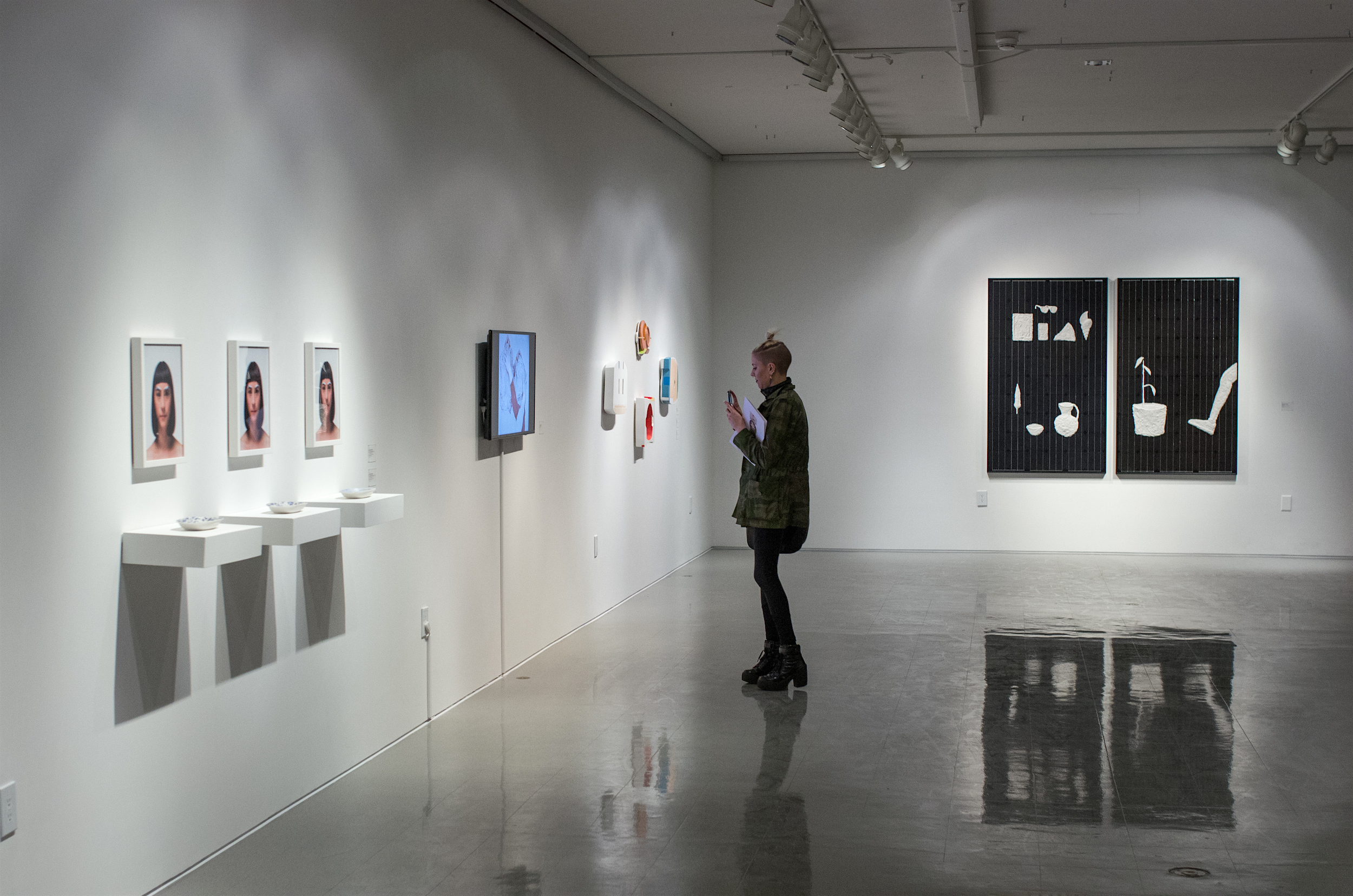
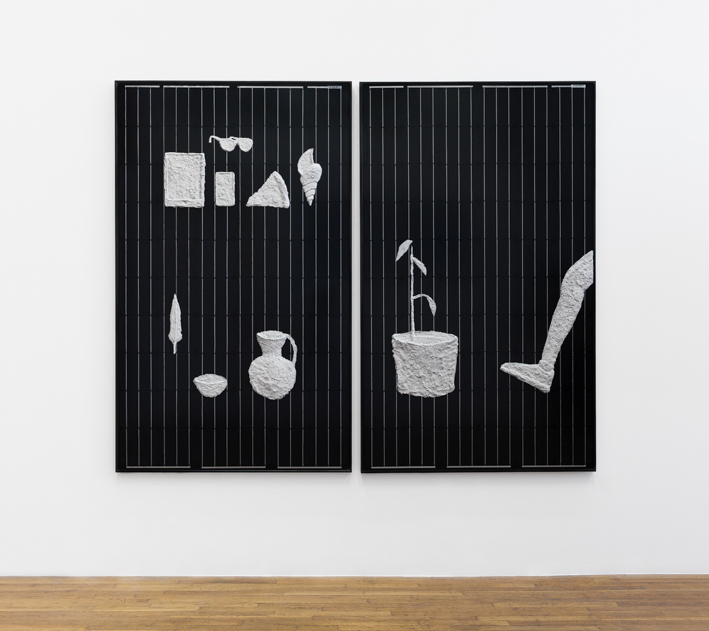
Michael Jones McKean, Mass, 2015 Microcrystalline solar panel, and epoxy clay 65 x 65 x 2 inches 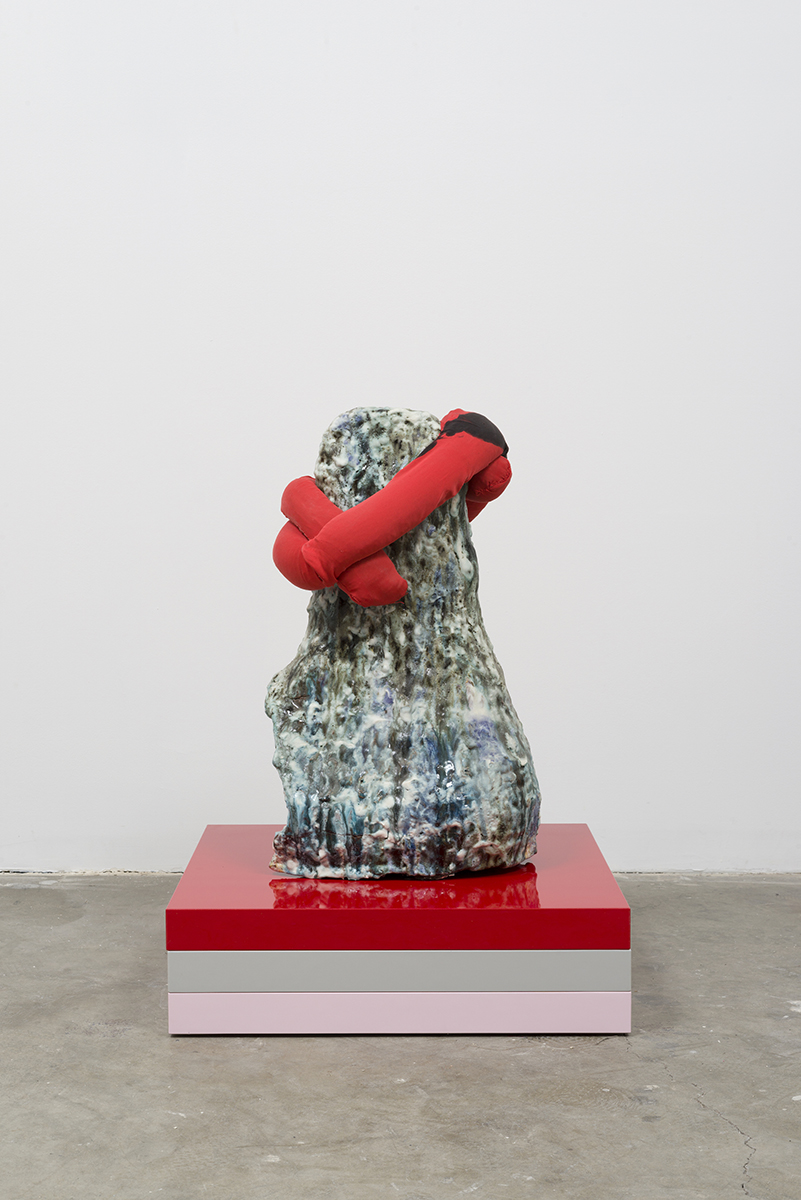
Julia Haft-Candell Blob Being Hugged 2015 Ceramic, silk, lentils, ink, Ikea LACK tabletops 30 x 22 x 22 inches 
Julia Haft-Candell Receptacle for Burning Negative Thoughts 2015 Ceramic, occasional fire, ashes, and cotton 37 x 15 x 16 inches 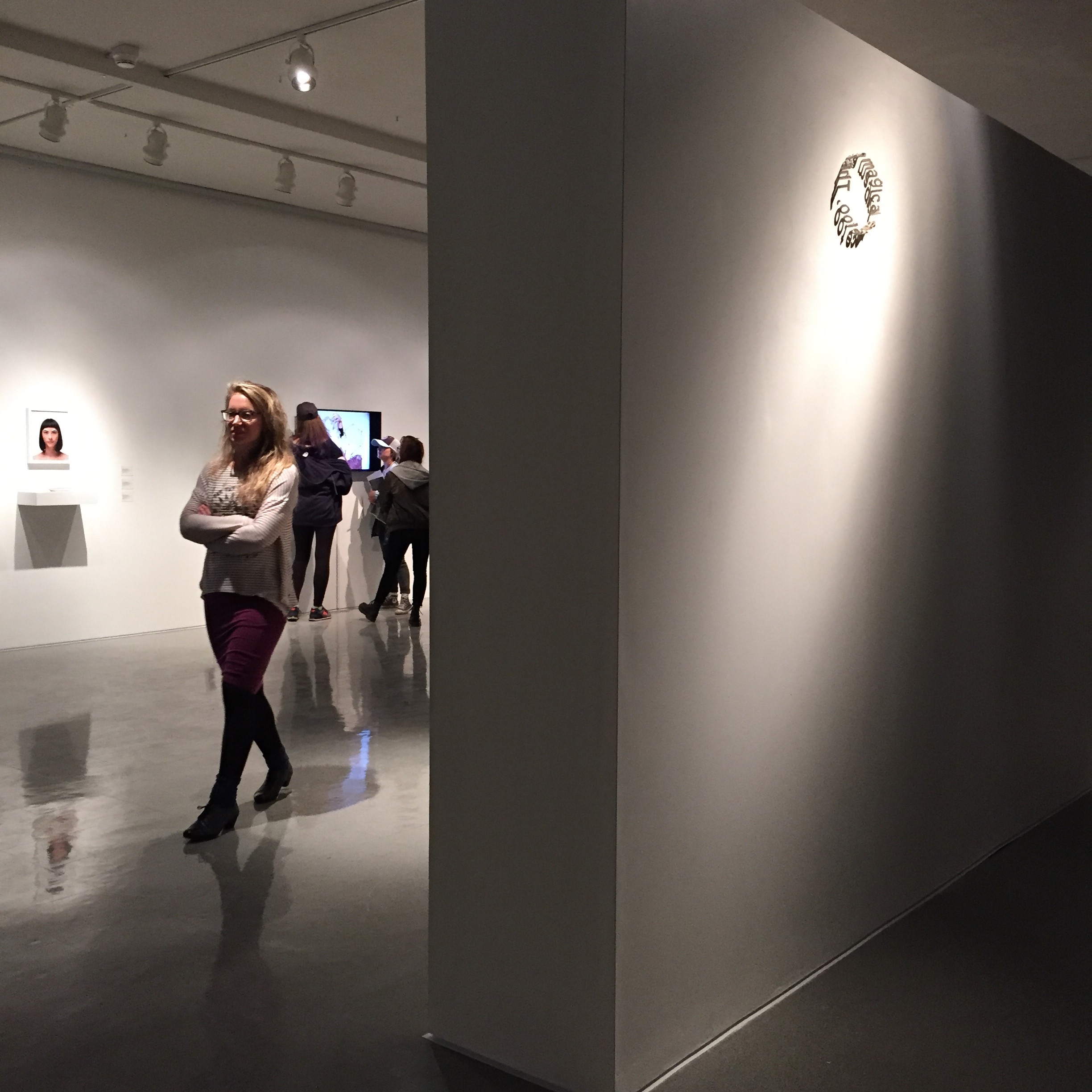

Thomas Müller 2016 Fired clay and glaze 8x8x1 inches 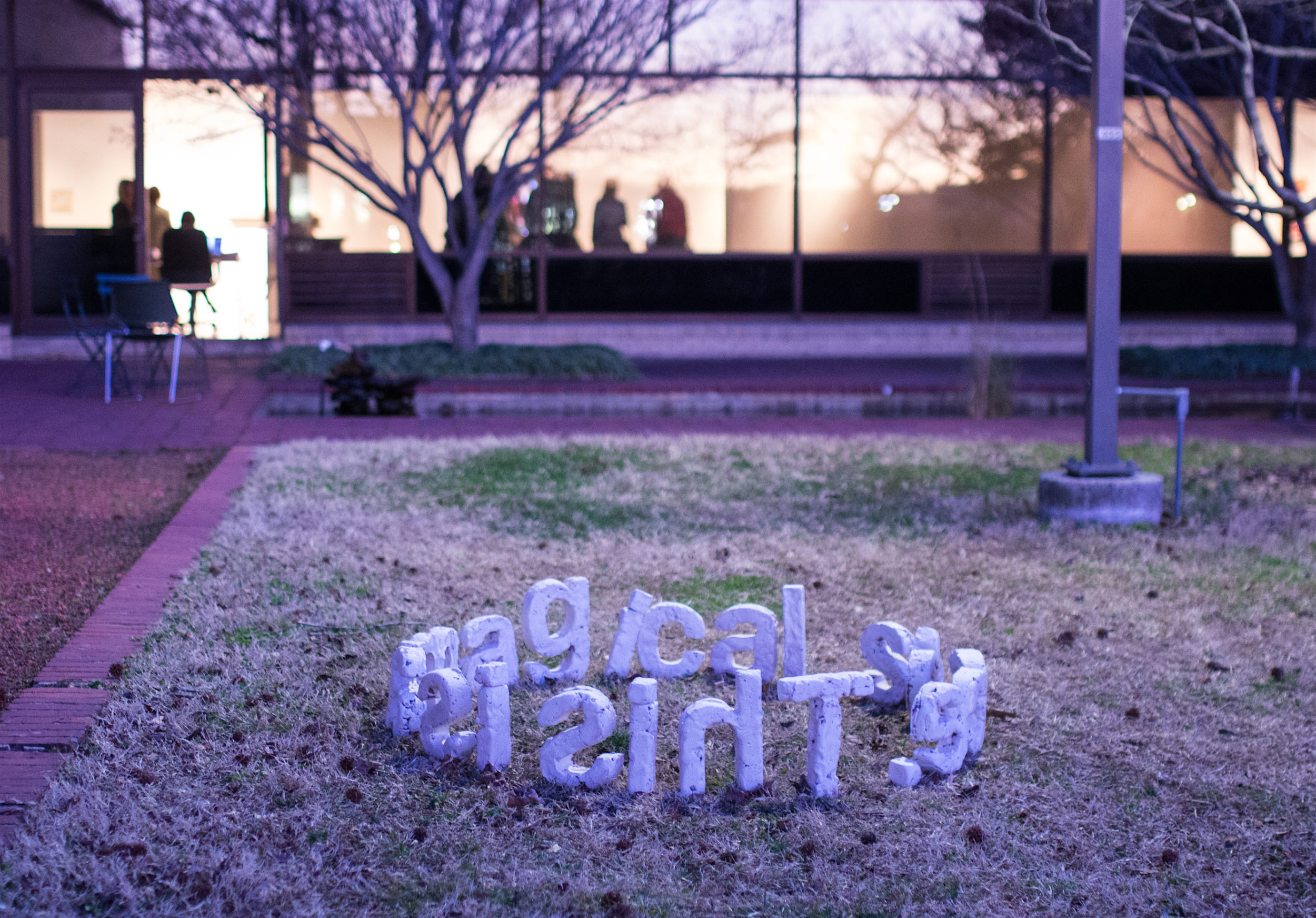
Thomas Müller This is a magical space. 2015 Unfired clay 44″ X 44″ X 12″ Opening night. 
Thomas Müller This is a magical space. 2015 Unfired clay 44″ X 44″ X 12″. 1 month after install
January 29- February 28th, 2016 at the Fine Arts Gallery, University of Arkansas, Fayetteville, AK
Featuring
Brian Bress/ William Cobbing/ Jennifer Ling Datchuk/ Julia Haft-Candell
Brian R. Jones/ Michael Jones McKean/ Kristen Morgin/ Thomas Müller
“A rose by any other name is still a rose”…unless it’s a pipe. While Shakespeare’s quote
implies that the name of a thing does not affect what it really is, René Magritte knew that
context was important toward identifying the meaning of an object. With his 1929
painting, The Treachery of Images (Ceci n’est pas une pipe), he pointed out that, it is true,
you can’t smoke a painting. Rather, the painting is a representation. And while you can
never smoke it, you can still get the joke.
For both Kristen Morgin and Michael Jones Mckean, the object holds the image, whether
it is on the surface of Morgin’s Magritte McGrape or in McKean’s epoxy clay ciphers of
pizza, iPhones, and potted plants rendered on the side of a microcrystalline solar panel.
McKean symbolizes generators of production in an idiosyncratic way. Morgin’s work
also relies on idiosyncrasies by fusing high and low culture. Her sculptures bear a striking
resemblance to their real world counterparts, including the illusion of a patina.
Thomas Müller embodies language in Helvetica bold. Slip cast and fragile, his font is
unfired and eventually its physicality takes over its legibility. His text proclaims “this is a
magical space,” and the eventual decomposition of his forms make this statement true.
William Cobbing’s video is a visceral take on an action. Like Müller he emphasizes the
abject muddy nature of clay in its primordial state. Unformed golem-like creatures arrive
at human characteristics in a tender, garish, and comical way. His lovers are an analog for
the rawness of feeling.
Brian Bress’s work is also populated with abstracted shape shifters. In his video, a figure,
vaguely resembling Paul McCarthy’s Painter, awkwardly sculpts a self-portrait while the
main character drives a make-believe car with engine trouble across a collaged landscape.
She speaks lines from Agnes Martin’s writings that, like Martin’s work, use the simplest
of material means to represent a metaphysical reality. Bress contrasts her language with a
mechanic, who humorously spouts wisdom from the car’s maintenance manual. The
shared dialogue becomes poetic and suggestive of more than mere utility.
Brian R. Jones uses performance as a means to define usefulness. He activates or
deactivates function in the way that he alters placement. By positioning plates from
vertical to horizontal planes, from a hidden to seen space, the intention and use of the
object changes from functional form to an abstract artwork. Similarly, Jennifer Ling
Datchuk’s work shifts from a position of utility to decoration, in her case by using her
body as vessel. Plucked eyebrows are replaced with blue patterns from Jingdezhen, China
on porcelain. This gesture connects her to the designs of serving dishes historically
appropriated by Europeans who exoticized the Orient through remnants of its culture, not
unlike the way that colonialists treated the very bodies of its population.
Julia Haft-Candell’s sculptures are layered with mixed media. She animates the inanimate
by placing them in relation to found objects that speak to the various ways in which
ceramic objects might be used. With titles like Receptacle for Burning Negative Thought,
she acknowledges the domestic side of the medium. Incorporating materials like
“occasional fire” she alludes to both the process of making and the uses of traditional
ware.
The Treachery of Objects brings together eight artists working in a variety of techniques
but tenuously united around the material of clay. In each artist’s work, clay—with its
mythic alchemical powers—holds the potential for both energy and action. Moving
malleably from image to object and back, these artists leave us with a willing suspension
of disbelief thinking it possible for a moment that Magritte did actually conjure a pipe.
– Margaret Meehan- artist and independent curator
Turning to the Object Image
At the center of The Treachery of Objects is an investigation of the ways that objects
and images construct meaning. The name of the exhibition plays on the title of a
famous Surrealist double entendre, René Magritte’s The Treachery of Images (1929).
This painting pairs an image of a pipe with text that declares “this is not a pipe.” It is
unclear whether this text refers to the painted image or the objecthood of the
painting itself. As Michel Foucault pointed out, what seems at first to be a
representation of two pipes multiplies quickly to a series of doubles: a pipe and its
copy, a linguistic and visual representation of a pipe, a true pipe vs. an ideal pipe, a
fantasy of a pipe, or a pipe dream.1 Magritte’s painting prompts us to question not
only images and objects but also the complex chains of signification that gesture
toward ideas.
In a famous example of Conceptual art, Joseph Kosuth created a similar exercise
with his One and Three Chairs (1965), which combined a chair, a photograph of a
chair and a printed dictionary definition of the word “chair.” This piece was part of a
moment when, as Lucy Lippard stated, the art object was becoming dematerialized.2
For certain artists the idea became central. Some called this a linguistic turn, in
which language trumped objects. This was soon supplanted by a pictorial turn,
notably theorized by W.J.T. Mitchell.3 But all of this turning was conspicuously
focused on a model of domination (one might even say treachery) in which one way
of thinking about the world had to be primary.
In technologies of representation a similar form of teologogy has dominated the
discourse of photography. A medium that began with the materiality of wet
chemistry and substrates such as tin, glass, or paper has reached a crisis in the last
fifteen years as digital dematerialization has prompted the medium to expand from
museums, galleries, and books into more populist platforms such as Instagram and
Flickr. These have enabled everyone to be, in some sense, an artist, curator, or critic.
Recent exhibitions such as the Aspen Art Museum’s The Anxiety of Photography, the
LACMA public program published in the book, Words Without Pictures, or Artie
Vierkant’s influential essay, The Image Object Post-Internet, have argued for a new
materiality for photography. This reengaged focus on the materiality of images—or
the ways that an image can have thing-like qualities—has been located
predominantly within the discourse of photography. But it also affects the ways that
we think about objects in general, as well as the ways they are formed by and create
images. – Noah Simblist- chair of art at smu, curator, writer and artist
1 Michel Foucault, This is Not A Pipe (Berkeley: University of California Press, 1982)
2 Lucy Lippard, Six Years: the Dematerialization of the Art Object from 1966 to 1972
(Berkeley: University of California Press, 1997)
3 WJT Mitchell, Picture Theory: Essays on Verbal and Visual Representation
(Chicago: University of Chicago Press, 1995)